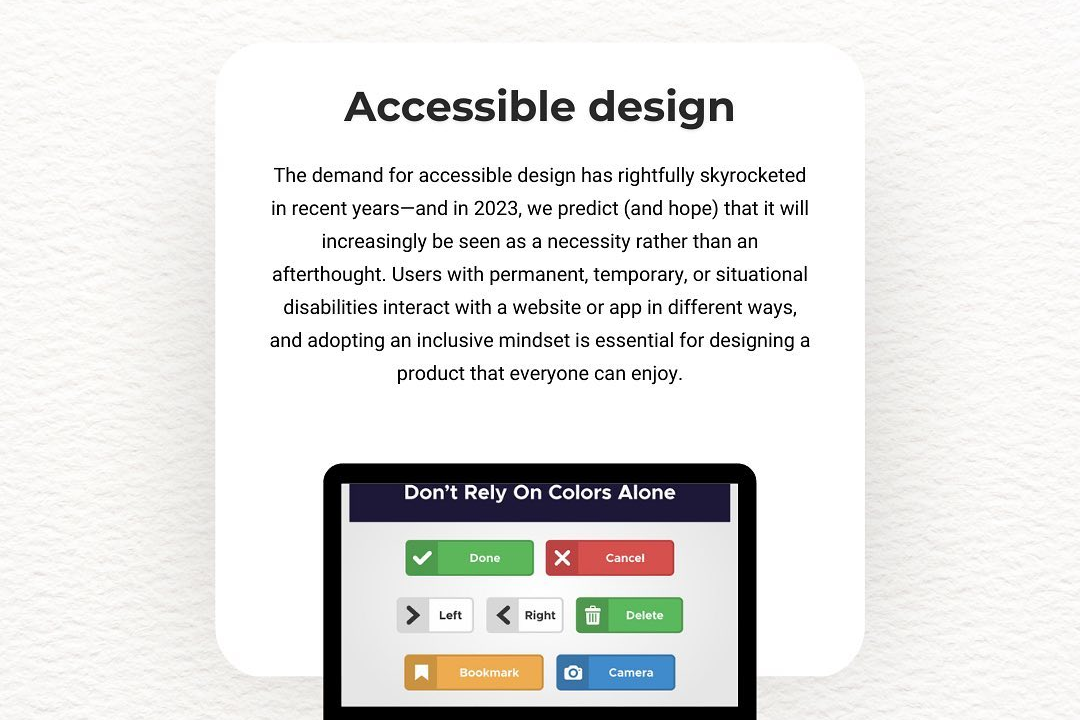How To Attach A Print Page In Our Php Programe
Attaching a print page feature in your PHP program involves creating a dedicated printable version o
How To Attach A Print Page In Our Php Programe
Integrating a print page feature in your PHP program enhances user convenience by allowing them to effortlessly generate clean, printable versions of important content such as certificates, reports, or course details. This functionality streamlines how users can obtain hard copies directly from your website without manual copying or formatting, ultimately improving the user experience. By adding a print button that triggers the browser's print dialog, you ensure that your content is easily accessible for physical documentation, helping to showcase professionalism and making your platform more user-friendly for students and administrators alike.
To Download Our Brochure: https://www.justacademy.co/download-brochure-for-free
Message us for more information: +91 9987184296
Integrating a print page feature in your PHP program enhances user convenience by allowing them to effortlessly generate clean, printable versions of important content such as certificates, reports, or course details. This functionality streamlines how users can obtain hard copies directly from your website without manual copying or formatting, ultimately improving the user experience. By adding a print button that triggers the browser's print dialog, you ensure that your content is easily accessible for physical documentation, helping to showcase professionalism and making your platform more user friendly for students and administrators alike.
Course Overview
Learn how to easily add a print page feature to your PHP program, enabling users to generate clean, printable versions of certificates, reports, or content directly from your website, enhancing user experience and professionalism.
Course Description
This course teaches you how to seamlessly integrate a print page feature into your PHP programs, allowing users to generate clean, printable versions of certificates, reports, and content with ease, enhancing functionality and user experience.
Key Features
1 - Comprehensive Tool Coverage: Provides hands-on training with a range of industry-standard testing tools, including Selenium, JIRA, LoadRunner, and TestRail.
2) Practical Exercises: Features real-world exercises and case studies to apply tools in various testing scenarios.
3) Interactive Learning: Includes interactive sessions with industry experts for personalized feedback and guidance.
4) Detailed Tutorials: Offers extensive tutorials and documentation on tool functionalities and best practices.
5) Advanced Techniques: Covers both fundamental and advanced techniques for using testing tools effectively.
6) Data Visualization: Integrates tools for visualizing test metrics and results, enhancing data interpretation and decision-making.
7) Tool Integration: Teaches how to integrate testing tools into the software development lifecycle for streamlined workflows.
8) Project-Based Learning: Focuses on project-based learning to build practical skills and create a portfolio of completed tasks.
9) Career Support: Provides resources and support for applying learned skills to real-world job scenarios, including resume building and interview preparation.
10) Up-to-Date Content: Ensures that course materials reflect the latest industry standards and tool updates.
Benefits of taking our course
Functional Tools
1 - PHP Development Environment: Students will be trained to set up a robust PHP development environment using tools like XAMPP, WAMP, or MAMP. These platforms provide Apache server, PHP interpreter, and MySQL database management, allowing learners to develop and test their print functionalities locally. Proper setup ensures smooth coding, debugging, and testing processes essential for attaching print pages seamlessly within PHP applications. Familiarity with IDEs like Visual Studio Code, PHPStorm, or Sublime Text enables efficient coding with syntax highlighting, version control integration, and debugging features, streamlining the development of print modules.
2) HTML and CSS for Print Design: The course emphasizes mastering HTML for structuring print ready pages and CSS for styling them specifically for printed output. Students learn to design layouts that are easy to read and professional looking by applying print specific CSS media queries. This helps in hiding unnecessary elements, adjusting margins, fonts, and colors to ensure that the printed documents are clear and presentable, mimicking official documents or reports required in real world applications. Knowledge in this area is critical for creating user friendly print interfaces within PHP.
3) JavaScript and PrintJS Library: Incorporating JavaScript enables interactive functionalities such as previewing print layouts or dynamically triggering print commands. Additionally, tools like the PrintJS library are introduced, which simplifies creating customizable, print friendly windows with options for PDF export, page selection, and layout adjustments. These tools empower students to enhance user experience by providing intuitive print options and ensuring that the print process integrates neatly with their PHP projects.
4) MySQL and Database Tools: Since many PHP applications store data that needs to be printed, students are trained to work with MySQL databases using tools like phpMyAdmin. They learn how to retrieve real time data securely and efficiently, which is then formatted for printing. Connecting PHP scripts with databases allows dynamic generation of content such as invoices, certificates, or reports, ensuring the attached print pages reflect accurate, updated information. Managing data integrity and security during this process is also covered.
5) PDF Generation Libraries: Students explore popular PHP libraries such as TCPDF, FPDF, and Dompdf that facilitate converting HTML and PHP generated content into PDF documents suitable for printing. These tools offer features for customizing layouts, adding security features like watermarks or digital signatures, and ensuring print ready formatting. Mastery of PDF generation is vital for producing official documents, legal certificates, or reports that require high quality printing standards within PHP applications.
6) Version Control with Git: The training incorporates the use of Git for version control, allowing students to manage code changes efficiently. Using platforms like GitHub or Bitbucket, learners can collaborate, track progress, and revert to previous versions if needed. Proper version control helps maintain organized codebases, especially when implementing complex print functionalities in PHP, and ensures smooth collaboration during team projects or real world deployments.
7) Testing Tools and Debugging Plugins: Ensuring that print pages work flawlessly across different browsers and devices is essential. Students are introduced to testing tools like browser developer tools, cross browser testing platforms such as BrowserStack, and debugging plugins integrated into IDEs. These tools aid in identifying and fixing layout inconsistencies, script errors, or styling issues that could affect printed output, ensuring a professional and reliable printing feature in their PHP applications.
8) Security Tools and Practices: Implementing secure coding practices involves using tools like sanitization libraries and security scanners. Students learn to defend against common vulnerabilities like SQL injection or cross site scripting, which could compromise data during print generation. Secure handling of sensitive print data, especially in applications like medical or financial records, ensures confidentiality and compliance with industry standards, making their print functions trustworthy and safe.
9) Cloud Storage and Backup Solutions: For applications requiring digital document storage, students are trained in cloud platforms such as AWS, Google Cloud, or Dropbox integrations. These tools facilitate storing generated print documents securely, accessing them for future printing, or distributing via links. This knowledge is vital for creating scalable, cloud based PHP systems that support large volumes of print documents without local storage constraints.
10) Automation and Workflow Tools: Students explore tools like cron jobs on Linux servers or Windows Task Scheduler to automate repetitive printing tasks, such as scheduled report generation or batch printing processes. Incorporating automation enhances efficiency, especially in enterprise applications, by reducing manual intervention and ensuring timely delivery of printed materials, which is critical in high volume environments or continuous reporting scenarios.
11 - Responsive Design Principles: The course covers designing print pages that adapt seamlessly to different paper sizes and orientations using responsive design techniques. Students learn to implement CSS media queries tailored for printing, ensuring that documents maintain clarity and layout consistency regardless of the paper size or printer settings. This is essential for creating versatile print solutions suitable for various business needs and official documentation standards.
12) Automated Testing Tools for Print Pages: Utilizing automated testing frameworks like Selenium or Puppeteer, students can simulate print actions across different browsers and devices. These tools help identify layout issues, rendering inconsistencies, or printing errors early in the development process. Automated testing ensures that print functionality remains robust and reliable, reducing manual testing efforts and accelerating deployment cycles.
13) Containerization with Docker: Learning to containerize PHP environments with Docker allows students to create isolated, reproducible setups for development, testing, and deployment. This approach simplifies the management of dependencies needed for print functionalities and ensures consistency across different environments, facilitating seamless collaboration and easier scaling of PHP print applications.
14) Continuous Integration/Continuous Deployment (CI/CD): Integrating CI/CD pipelines using platforms like Jenkins, GitHub Actions, or GitLab CI enables automated testing, validation, and deployment of PHP print modules. This ensures that updates to print functionalities are rigorously tested before release, maintaining high quality standards and reducing downtime or bugs in production environments.
15) Advanced Data Visualization for Printed Reports: Incorporating data visualization libraries such as Chart.js or D3.js within PHP applications allows dynamic generation of graphs, charts, and infographics for print reports. This enriches printed documents with visually appealing and informative content, aiding in data analysis and decision making processes.
16) Accessibility Tools and Standards: Emphasizing accessibility ensures printed and digital content complies with standards like WCAG (Web Content Accessibility Guidelines). Students learn to create print pages that are readable and usable by individuals with disabilities, including the use of semantic HTML, appropriate contrast ratios, and screen reader compatibility, making their print solutions inclusive.
17) Digital Signature and Certification Tools: For secure and official print documents, students explore integrations with digital signature services and tools like DocuSign or Adobe Sign. These enable signing, certification, and validation of printable documents, which is critical for legal, financial, or sensitive organizational records.
18) Workflow Automation Software Integration: Students learn to connect PHP print functionalities with enterprise automation tools like Zapier, Power Automate, or custom APIs. These integrations facilitate automated data collection, trigger printing processes based on specific events, and streamline overall workflows in complex organizational environments.
19) Image Processing and Optimization Tools: Utilizing libraries like Imagick or GD, students can enhance images incorporated into print pages. This includes resizing, compressing, and applying filters to ensure images maintain quality while reducing file sizes, leading to faster load times and better print results.
20) Localization and Internationalization: Training includes creating print pages that support multiple languages and regional formats. This involves handling different date formats, currencies, and character sets, ensuring that the print content is culturally appropriate and accessible for global audiences, which is vital for international business applications.
21 - Legal and Compliance Standards: The course covers understanding industry specific standards such as GDPR for data privacy, HIPAA for health records, or ISO standards for printing and documentation. Ensuring that print functionalities adhere to legal requirements safeguards the organization against compliance issues and builds user trust.
22) Scalability and Cloud Infrastructure Setup: Learners explore designing scalable print solutions leveraging cloud infrastructure like AWS or Azure, permitting handling of large volumes of print requests during peak times. This includes load balancing, auto scaling, and optimizing server resources to maintain performance and reliability.
23) Use of Content Management Systems (CMS): Integrating print functionalities with popular CMS platforms like WordPress, Joomla, or Drupal enables dynamic content management and effortless printing of articles, reports, or certificates directly from the CMS interface, streamlining content publication workflows.
24) End User Training and Documentation: Developing comprehensive user manuals, FAQs, and video tutorials ensures end users understand how to utilize print features effectively. Proper documentation supports smoother adoption, reduces support queries, and enhances overall user satisfaction.
25) Project Management Methodologies: Incorporating Agile, Scrum, or Kanban practices helps teams plan, execute, and monitor the development of print solutions efficiently. This structured approach ensures timely delivery of high quality features aligned with client requirements and organizational goals.
Browse our course links : https://www.justacademy.co/all-courses
To Join our FREE DEMO Session:
This information is sourced from JustAcademy
Contact Info:
Roshan Chaturvedi
Message us on Whatsapp:
Email id: info@justacademy.co












